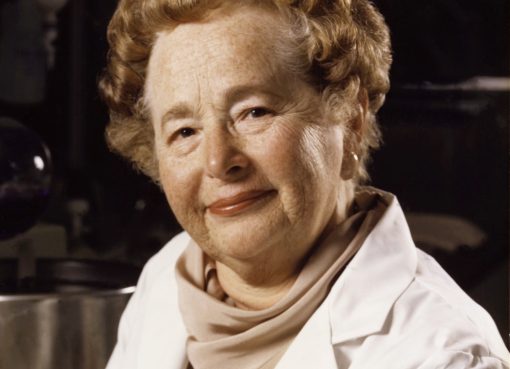This interesting story sheds light on the life of Dr. Elizabeth Blackburn, who was awarded the Nobel Prize in Physiology and Medicine in the year 2009 for her remarkable contribution relating to the discovery of the enzyme telomerase and for unveiling the how chromosomes can protect themselves from shortening during cell divisions. She shared the prize with two other scientists, Carol W. Greider and Jack W. Szostak.
Elizabeth Blackburn was born to a physician couple in Hobart in Tasmania, Australia in the year 1948. Her forefathers were British, her great grandfather migrated to Australia and settled in Tasmania, an island state in Australia. Elizabeth was the second of the seven siblings in the family. She spent the early childhood in a small costal city called Snug in Hobart. When Elizabeth was 4, the family moved to another town in Northern Tasmania called Launceston. She started her kindergarten in Broadland House Girls’ Grammar School in Launceston. Elizabeth remembers herself being very curious about animals. She has mentioned (in her biography) about keeping tadpoles in glass jars in her living room and having a lot of pets. Her curiosity to animals worked for making her inclined towards biology in later life. Elizabeth was also very fond of playing piano and at the high school, she even thought of taking music as her career. The family moved to Melbourne while Elizabeth was still in her high school and finally she completed her schooling from the University High School in Melbourne.
She studied Biochemistry in her bachelor’s degree in the University of Melbourne and got an offer for a master’s position in the Department of Biochemistry under the chair of the department, Dr. Frank Hird. Elizabeth worked on amino acid metabolism in rat liver for her master’s thesis. The Nobel laurate mentioned in her biography that she enjoyed working in the Frank Lab and developed deep interest in biological research. Dr. Frank encouraged and later helped her to join the Laboratory of Molecular Biology (LMB) in Cambridge, England under
Dr. Fredrick Sanger with whom Dr. Hird had collaborations. She worked on sequencing of bacteriophage ØX174 genome under Dr. Fredrick Sanger and obtained her PhD from the University of Cambridge in 1974. Thereafter, Dr. Elizabeth Blackburn moved to the University of Yale for her post-doctoral research and started applying for the positions of Assistant Professor in various universities in the United States but was rejected by many. She was finally offered a research track position in the Department of Biochemistry in the University of California, San Fransisco. Her work as a research scientist could create an impact and she was offered a position of Associate Professor in the University of California, Berkeley, where she became a full professor in 1986. At Berkeley, her group worked on different aspects of biochemistry and molecular biology and could publish many high impact research papers. Her scientific contributions were acknowledged, and she was appointed as a member of the US President’s Council on Bioethics in 2002. However, because of her support for research on human embryonic cells, she was terminated from the membership of the council before term in 2004. This was accepted by the scientific community across the globe as an unjust move and 170 renowned scientists of the world had written a letter in her support to the then US President, Mr. George W. Bush. But her termination was never revoked.
Dr. Blackburn continued her work in different aspects of cancer and ageing in human and animals. Her research contributed significantly towards the discovery of the enzyme telomerase that maintains the length of eukaryotic chromosomes, and she was awarded the Nobel prize in the year 2009. In 2017, she co-authored a book entitled “The Telomere Effect: A Revolutionary Approach to Living Younger, Healthier, Longer” with another scientist.




